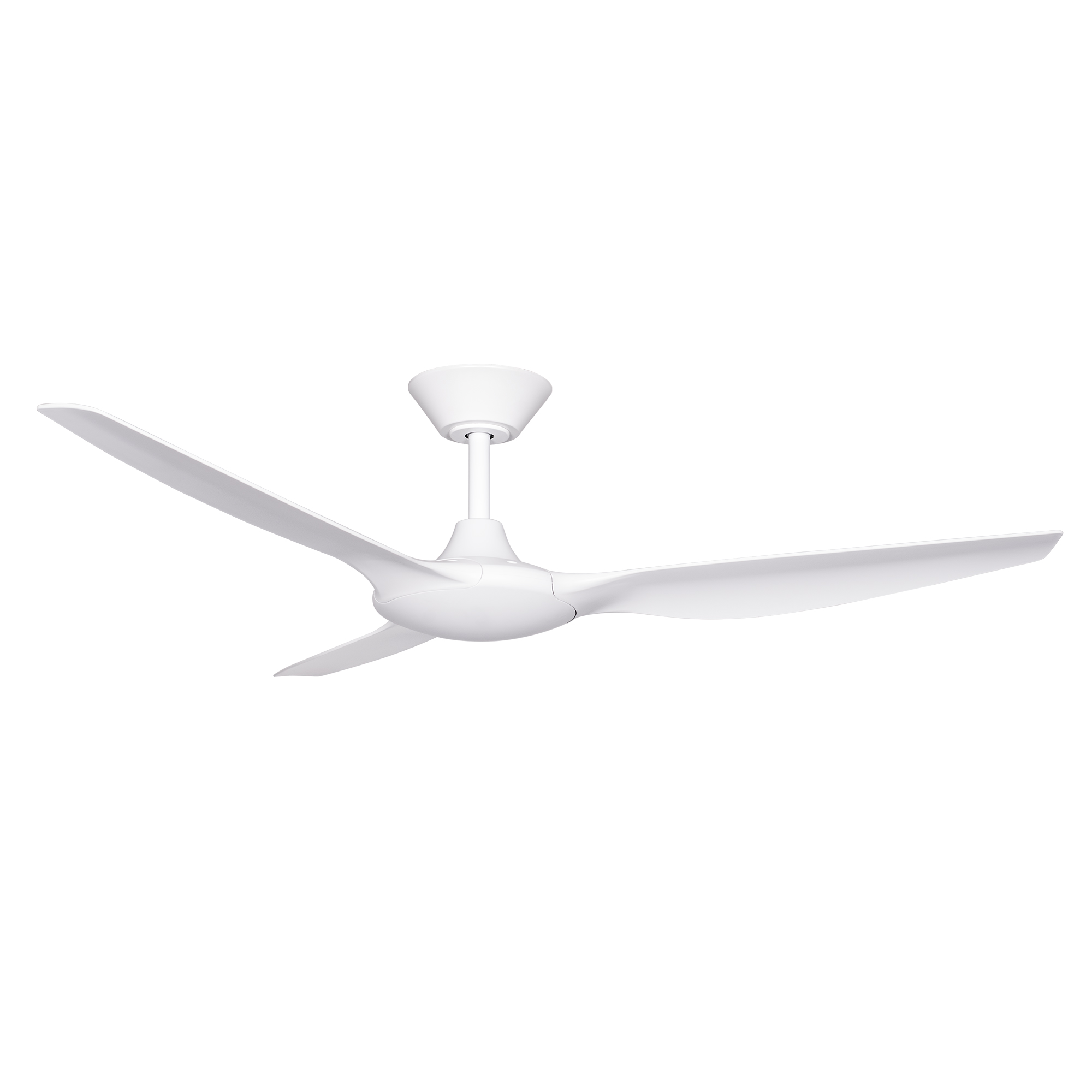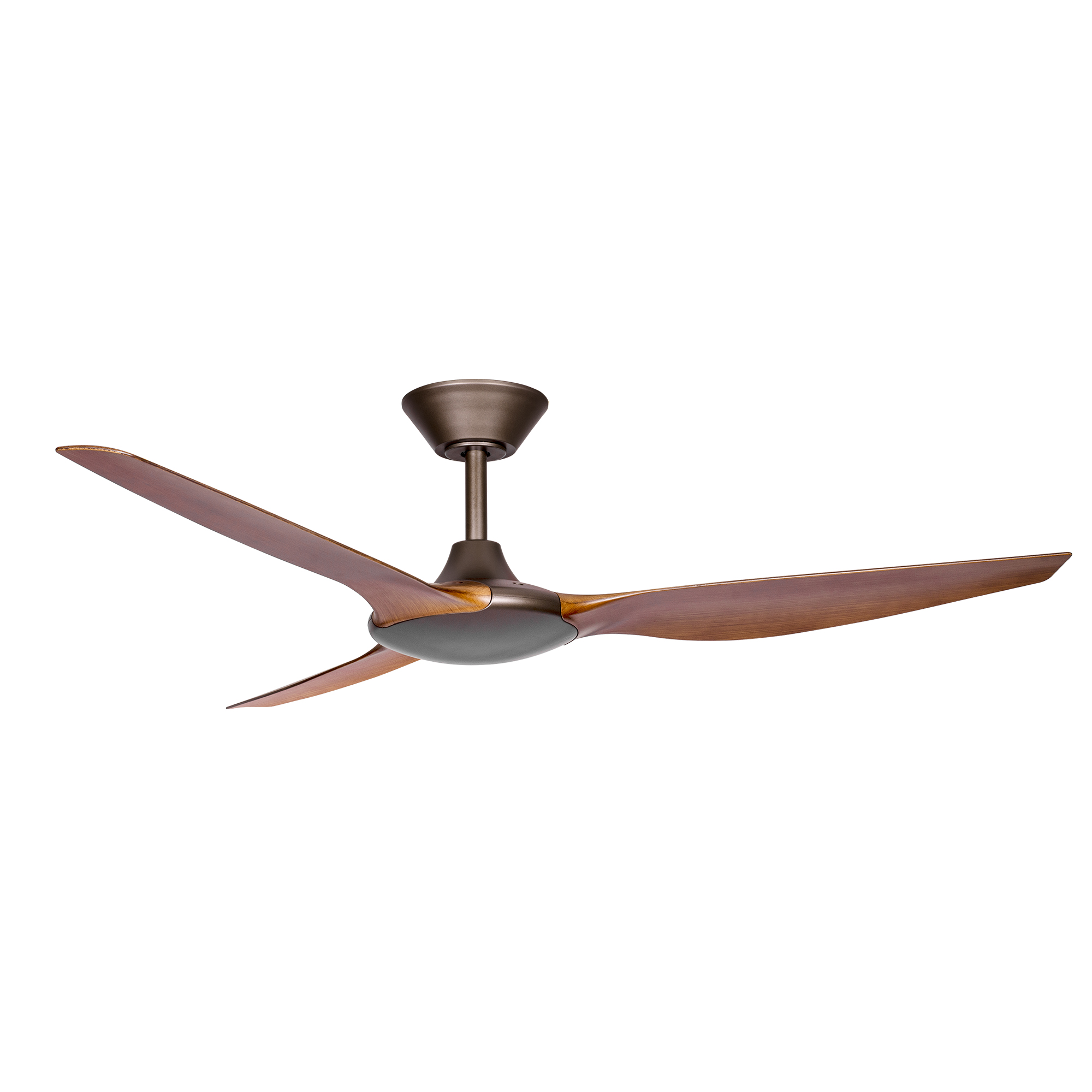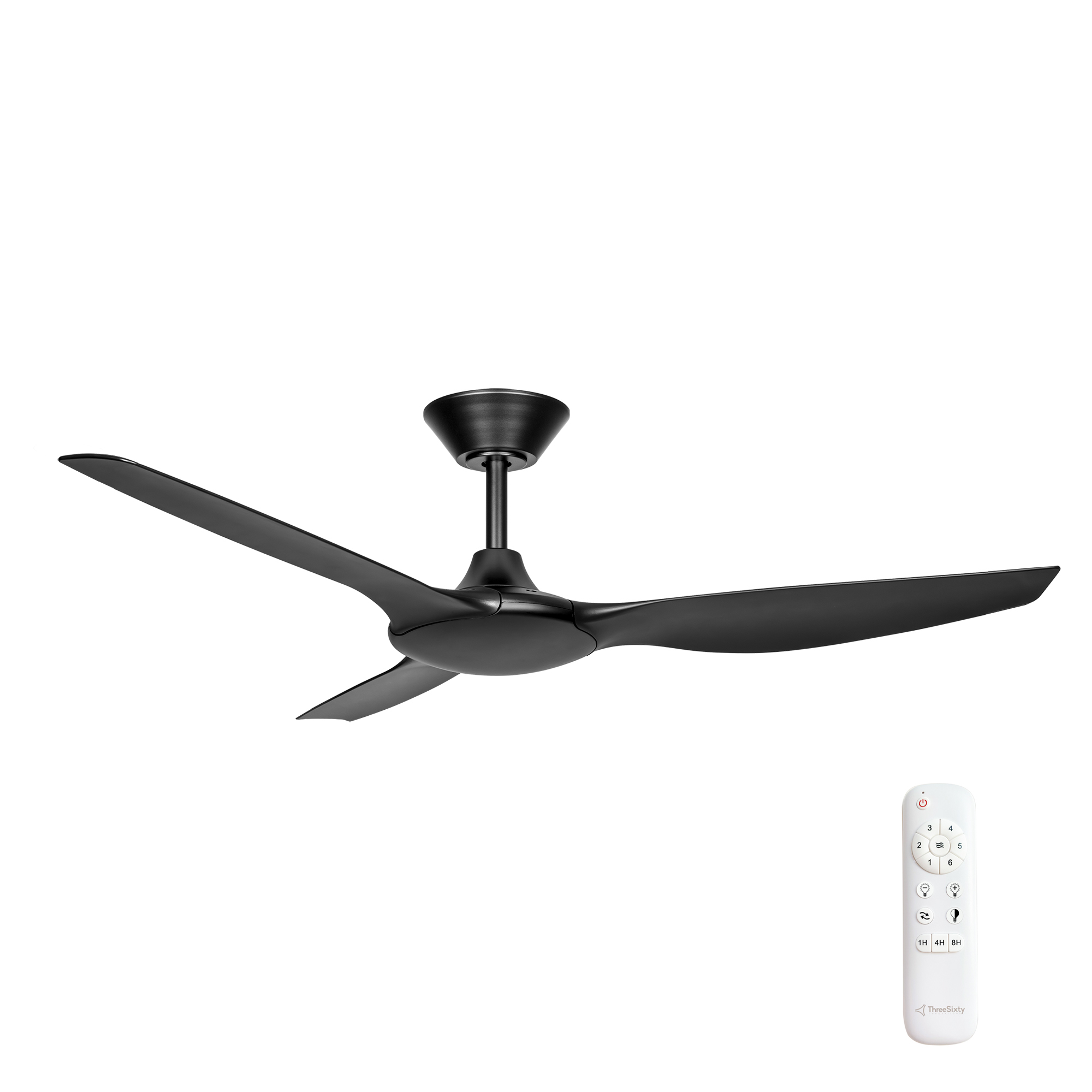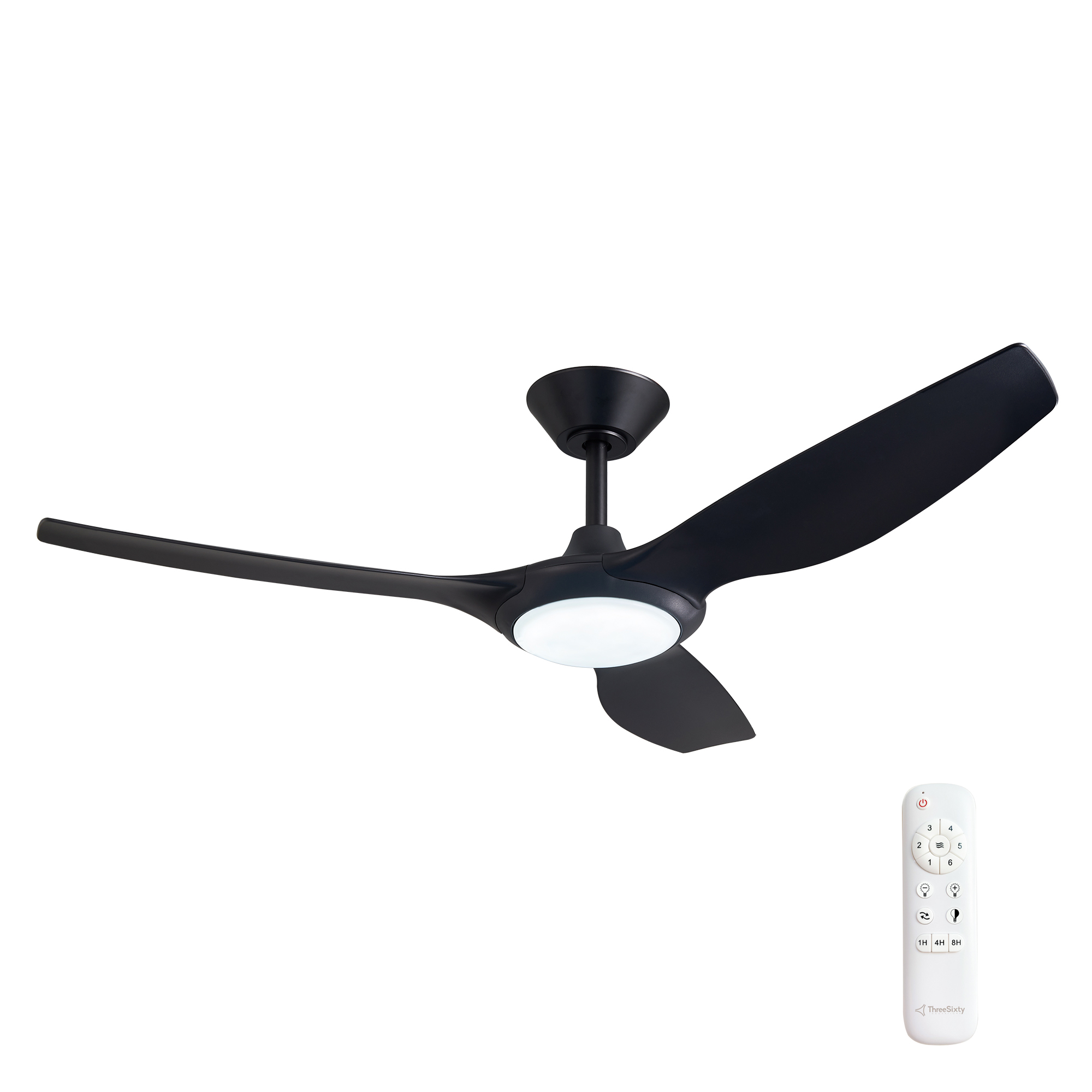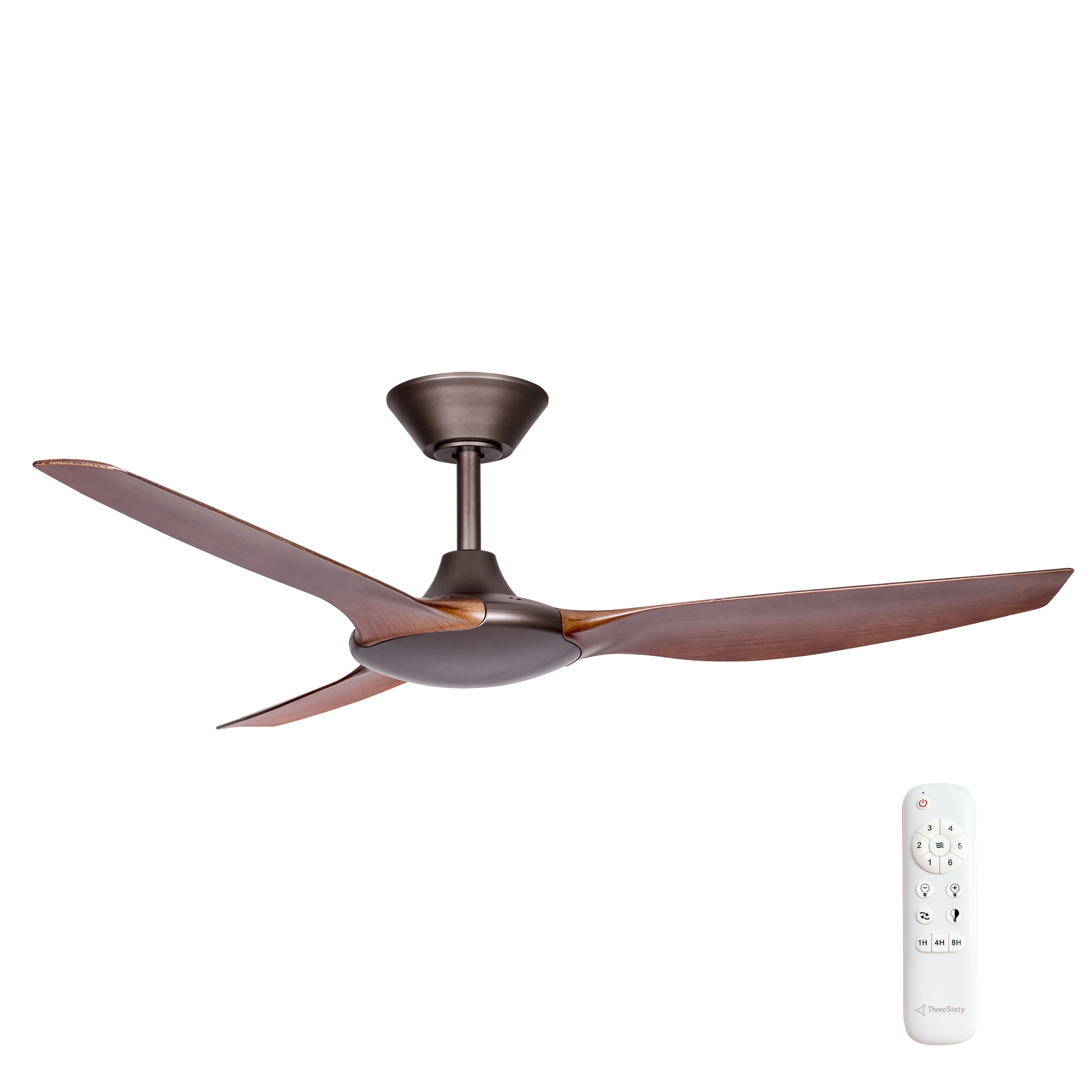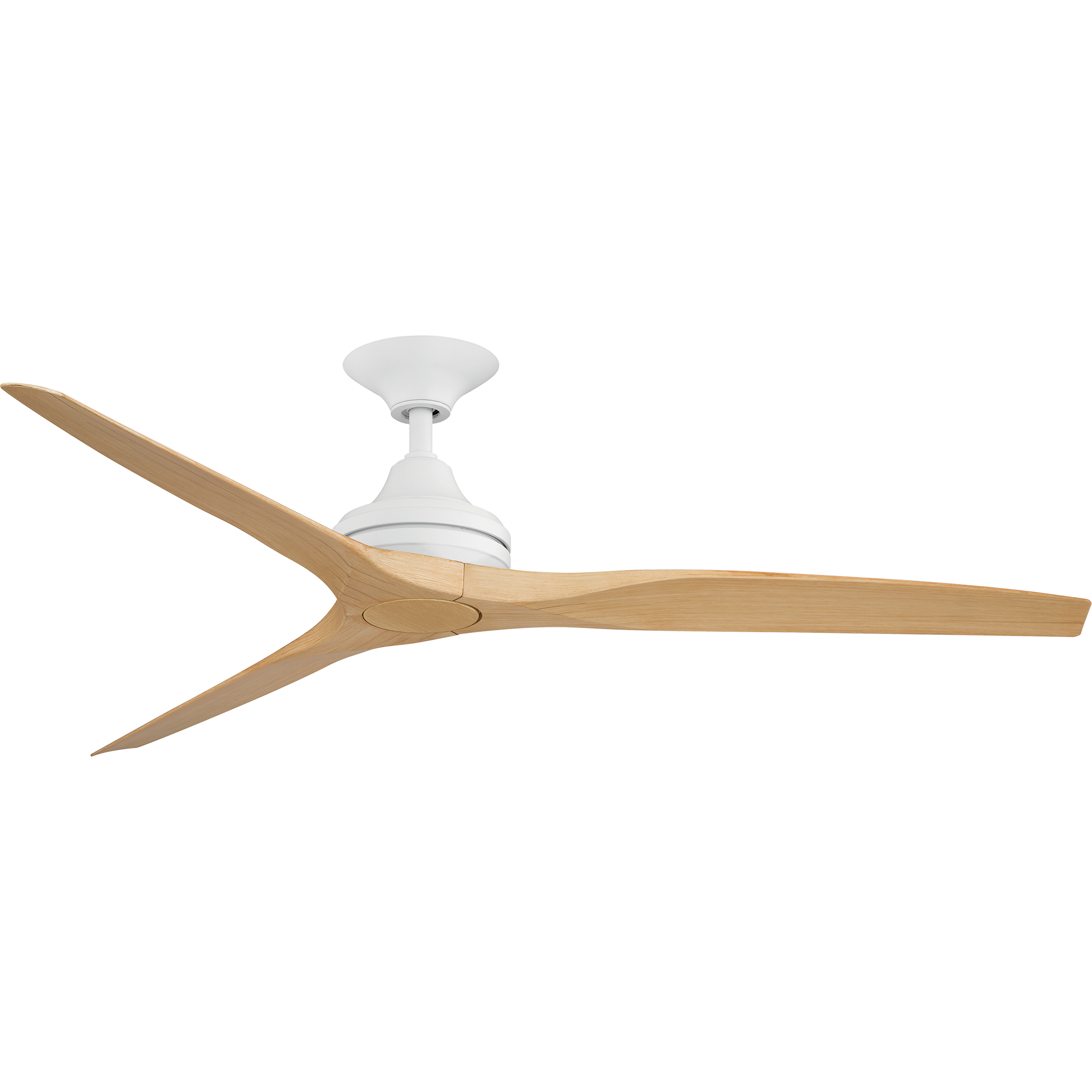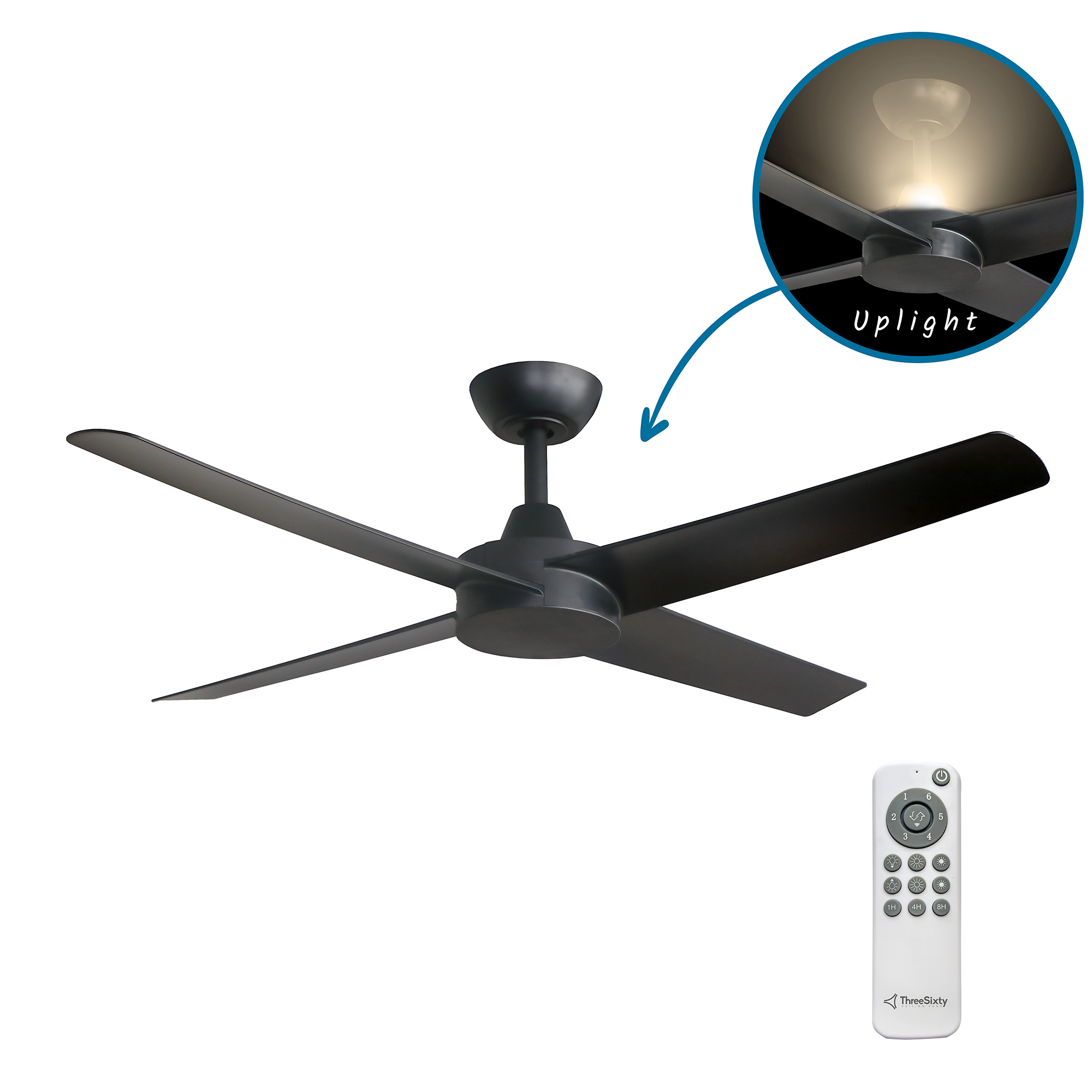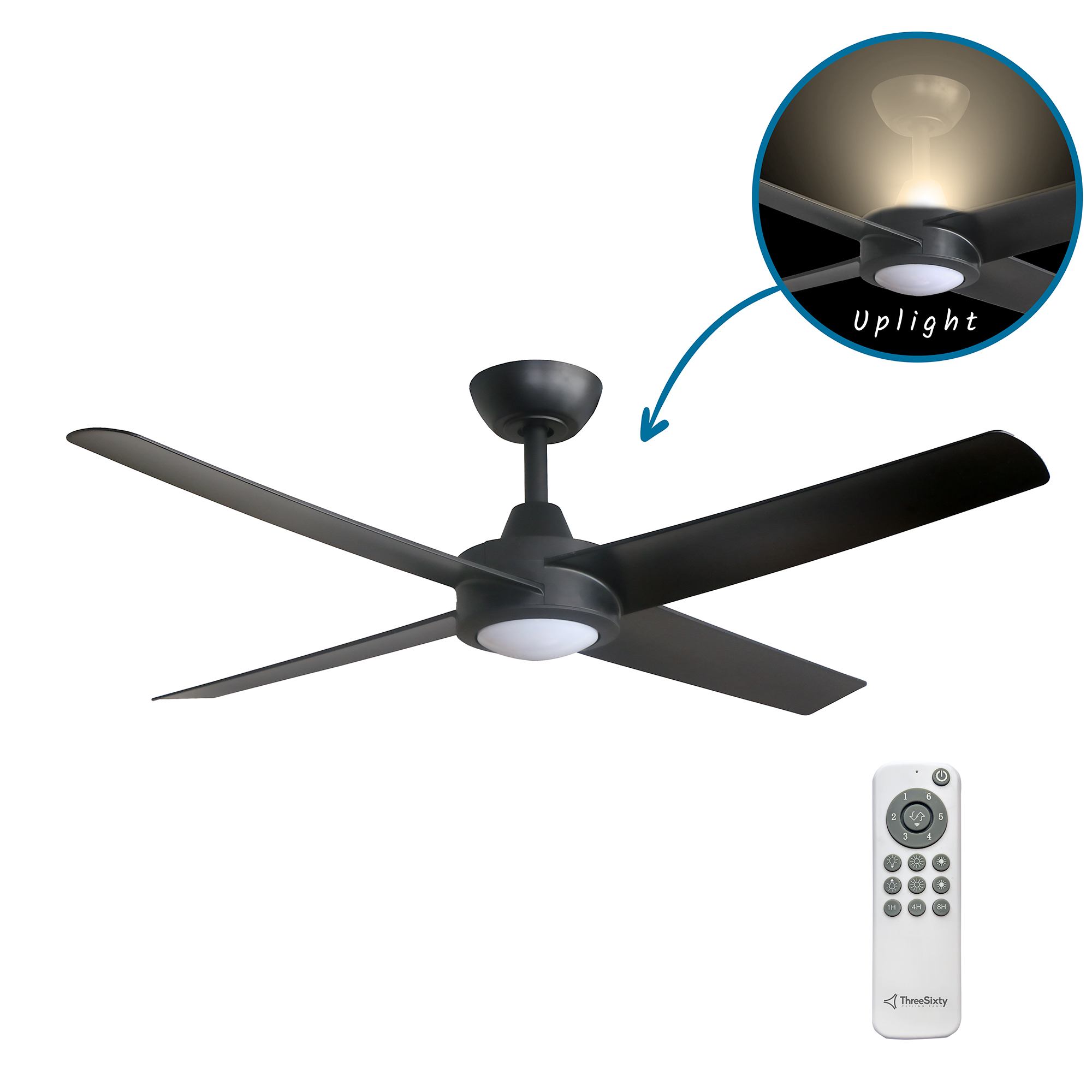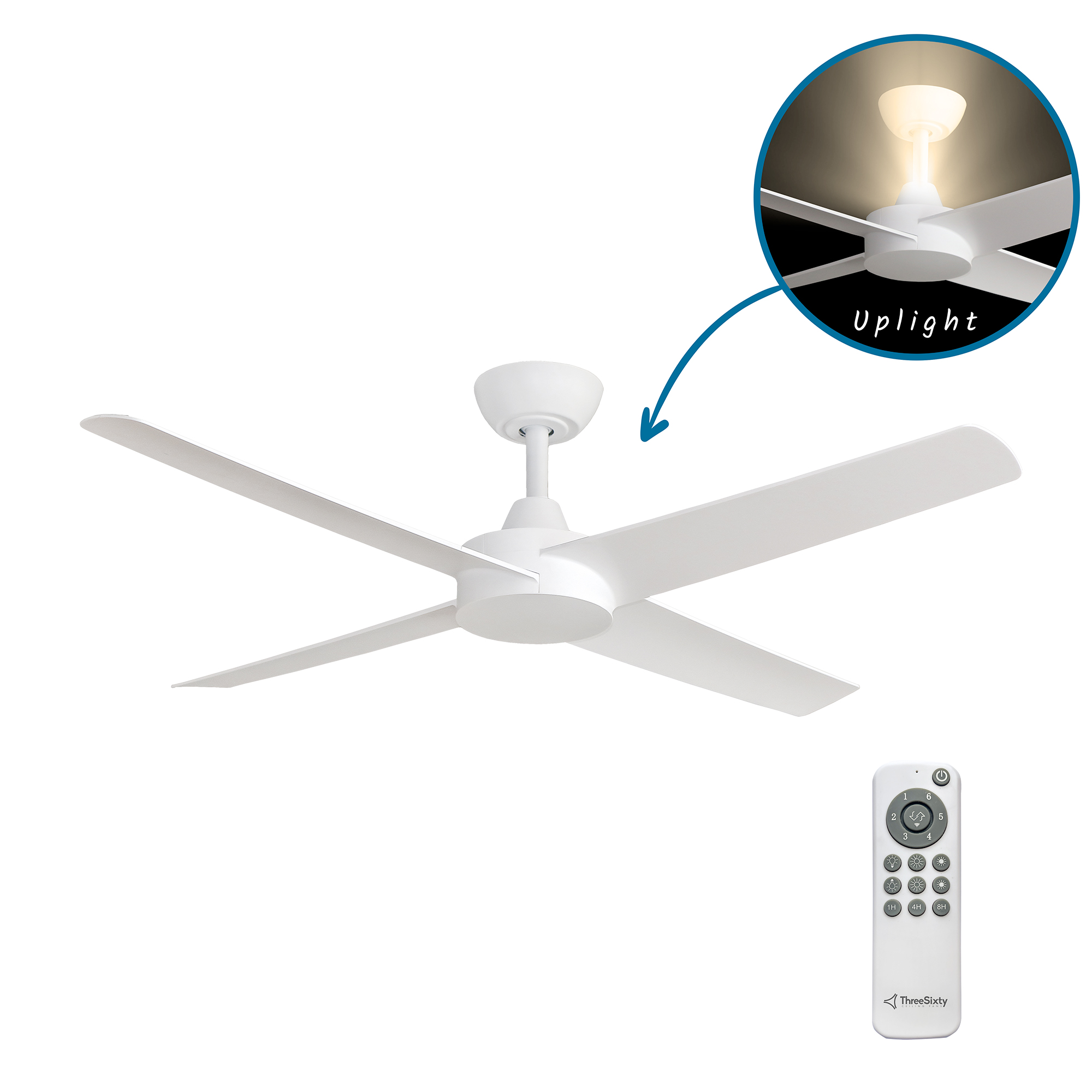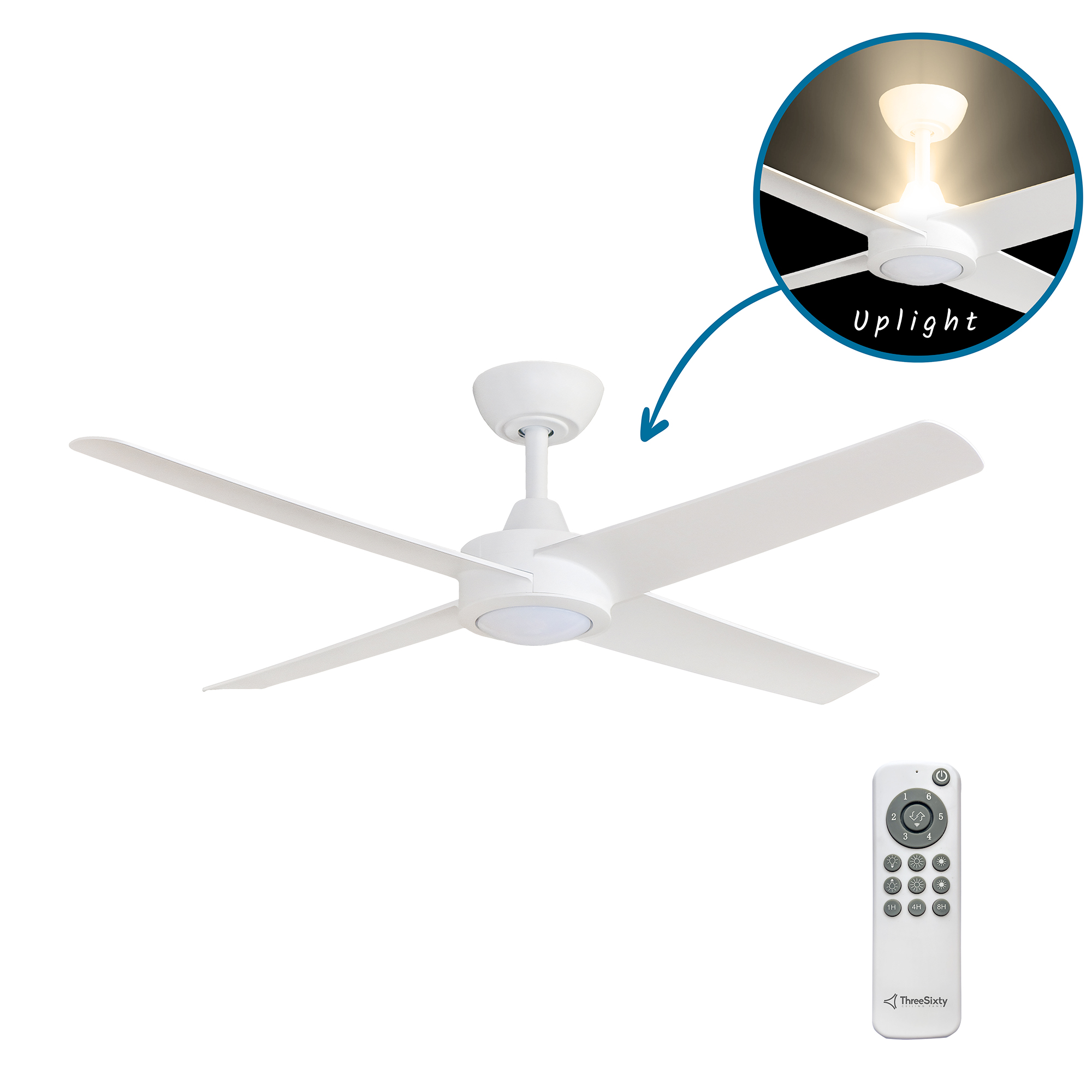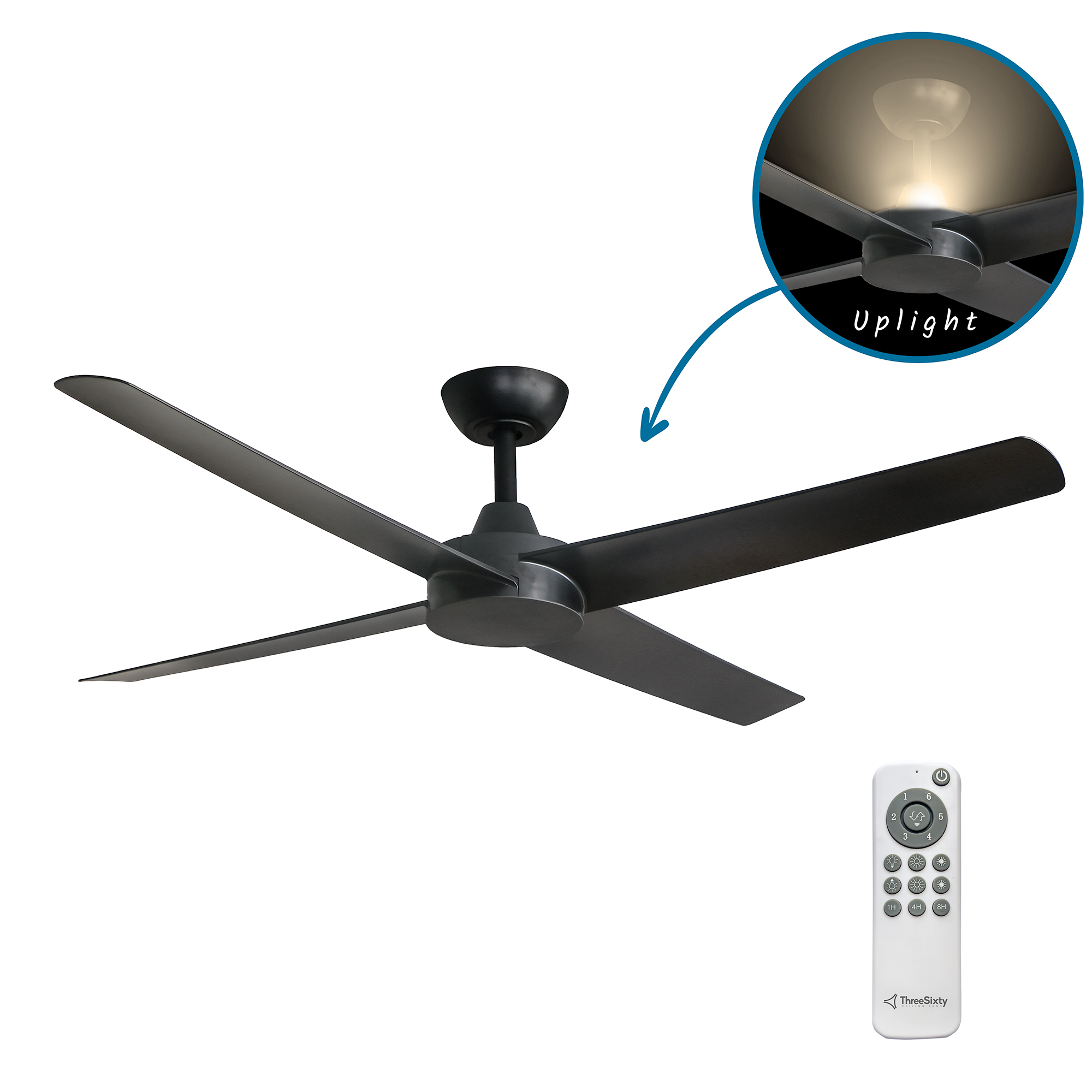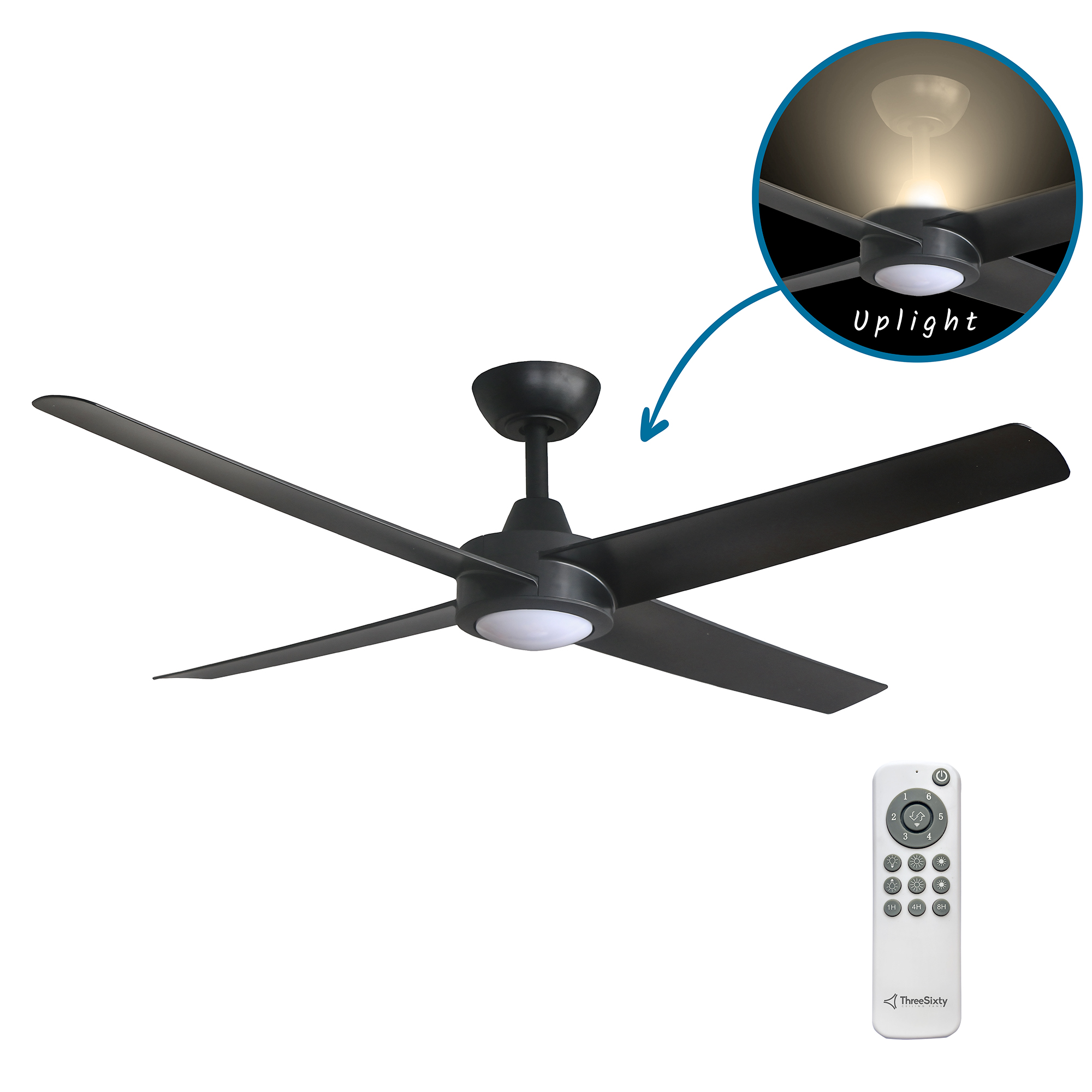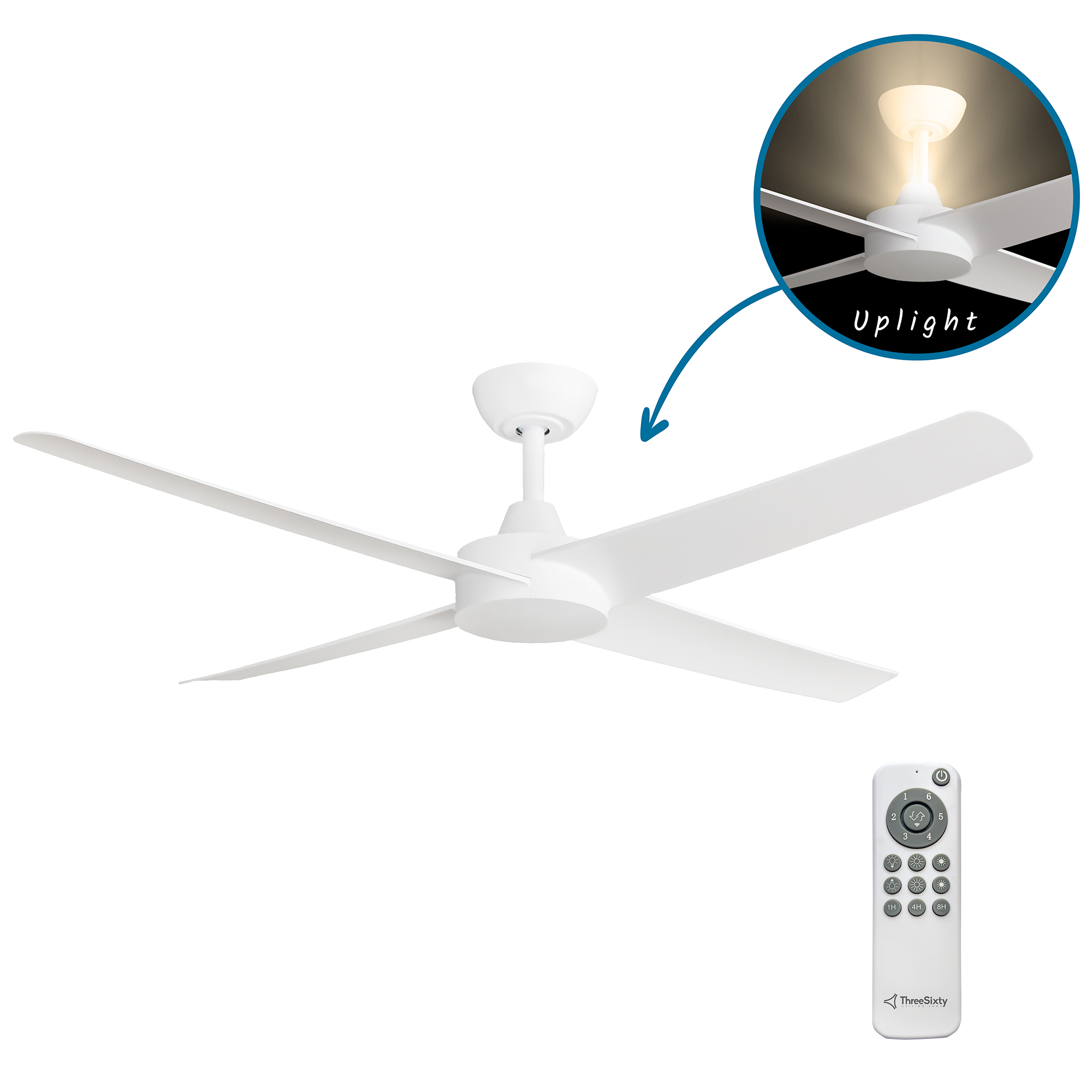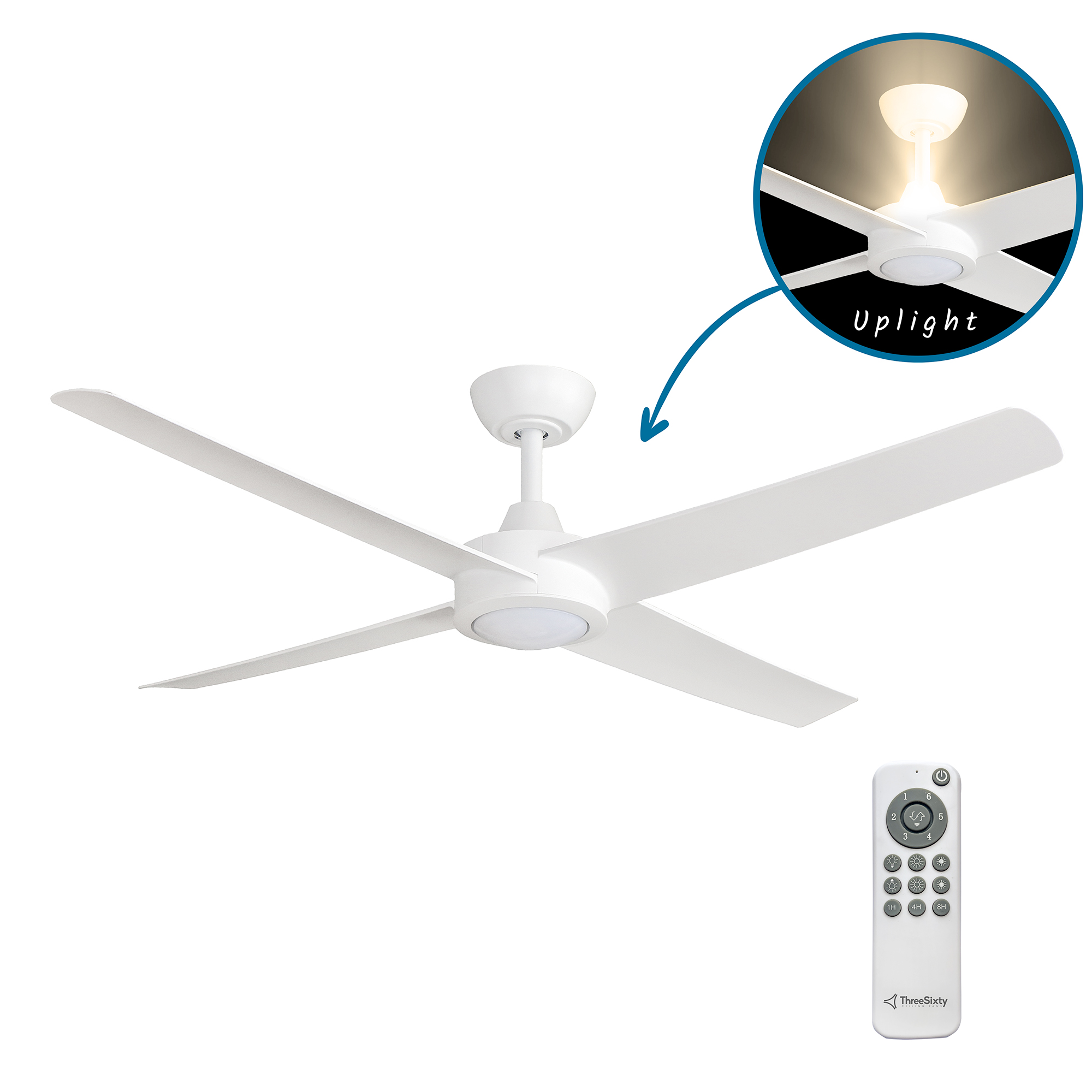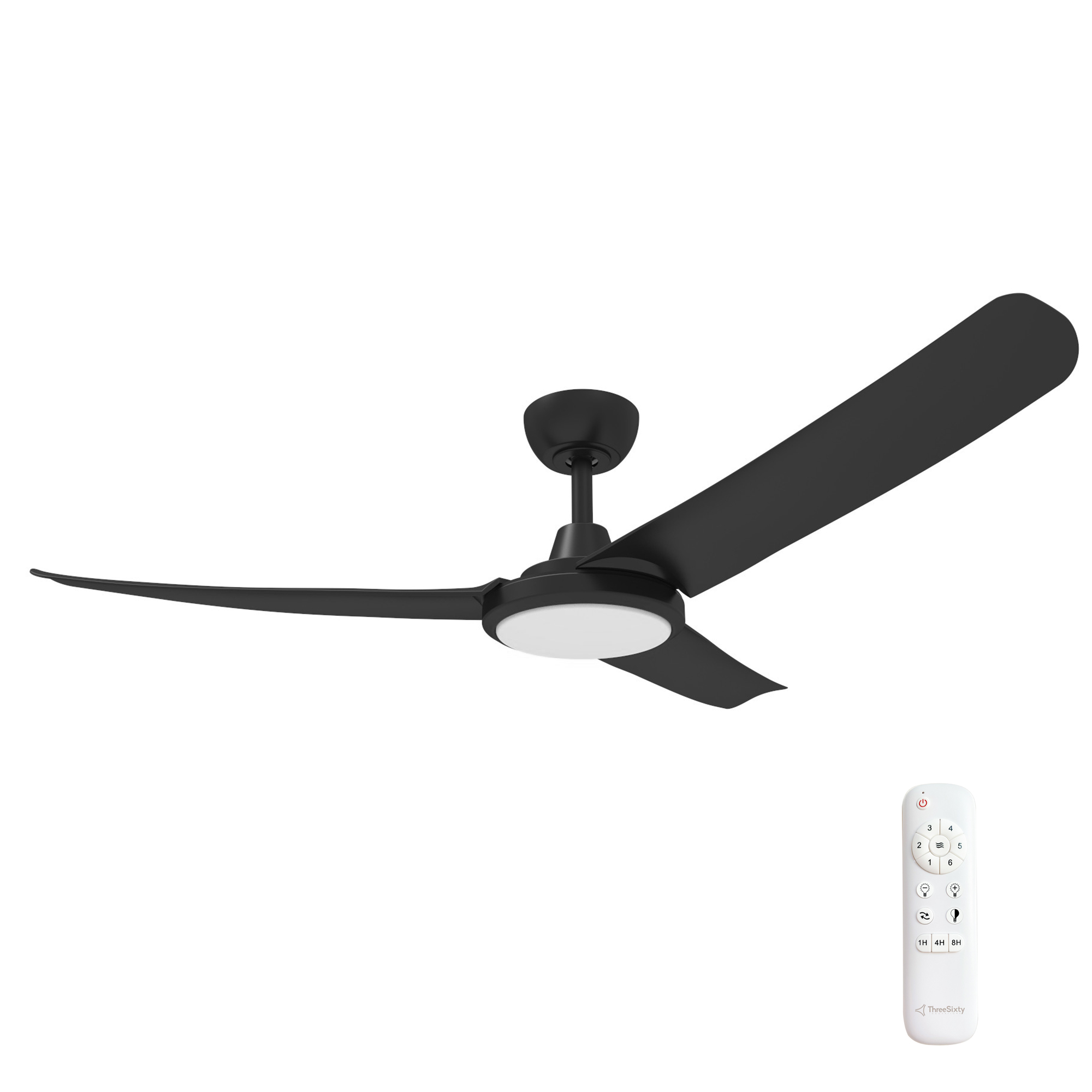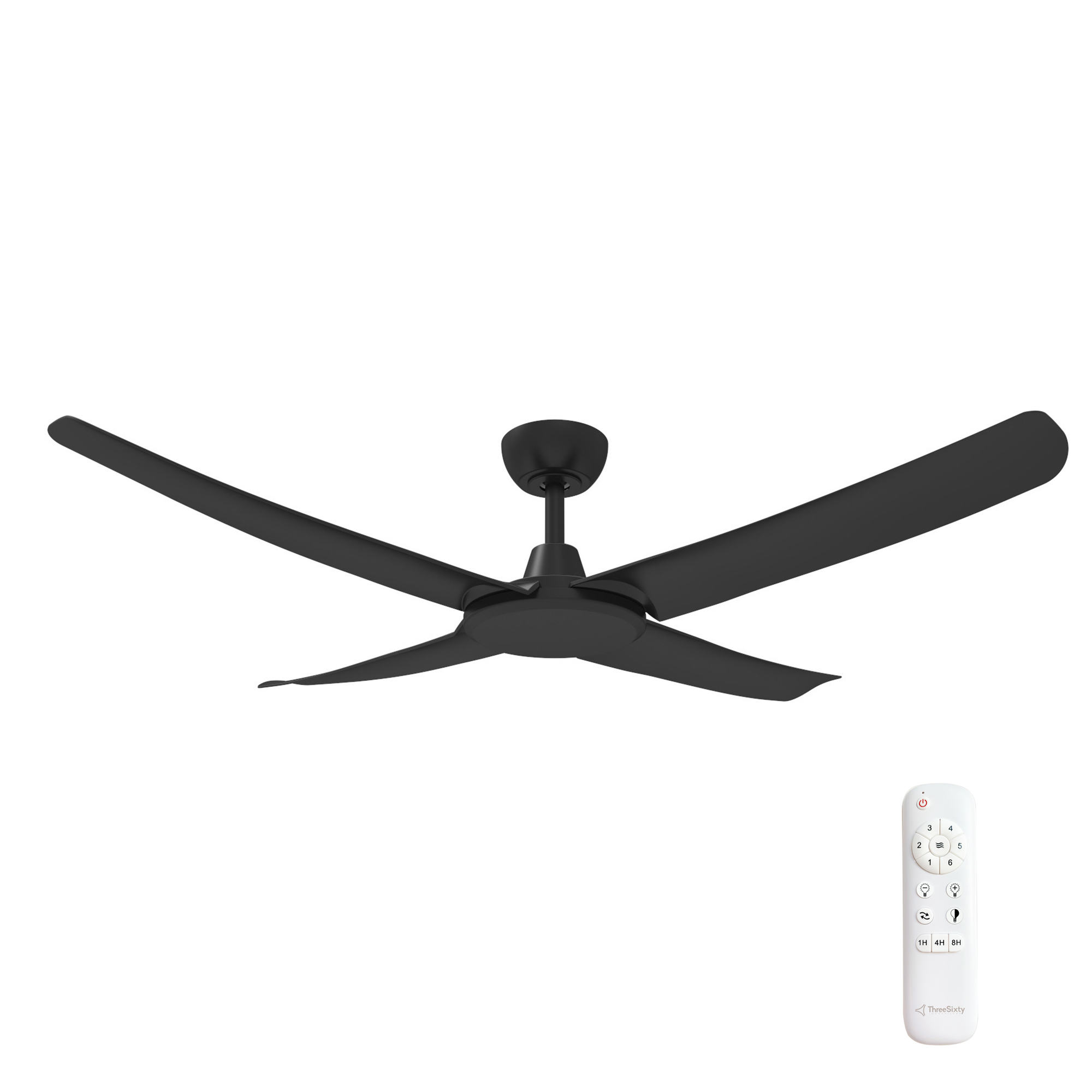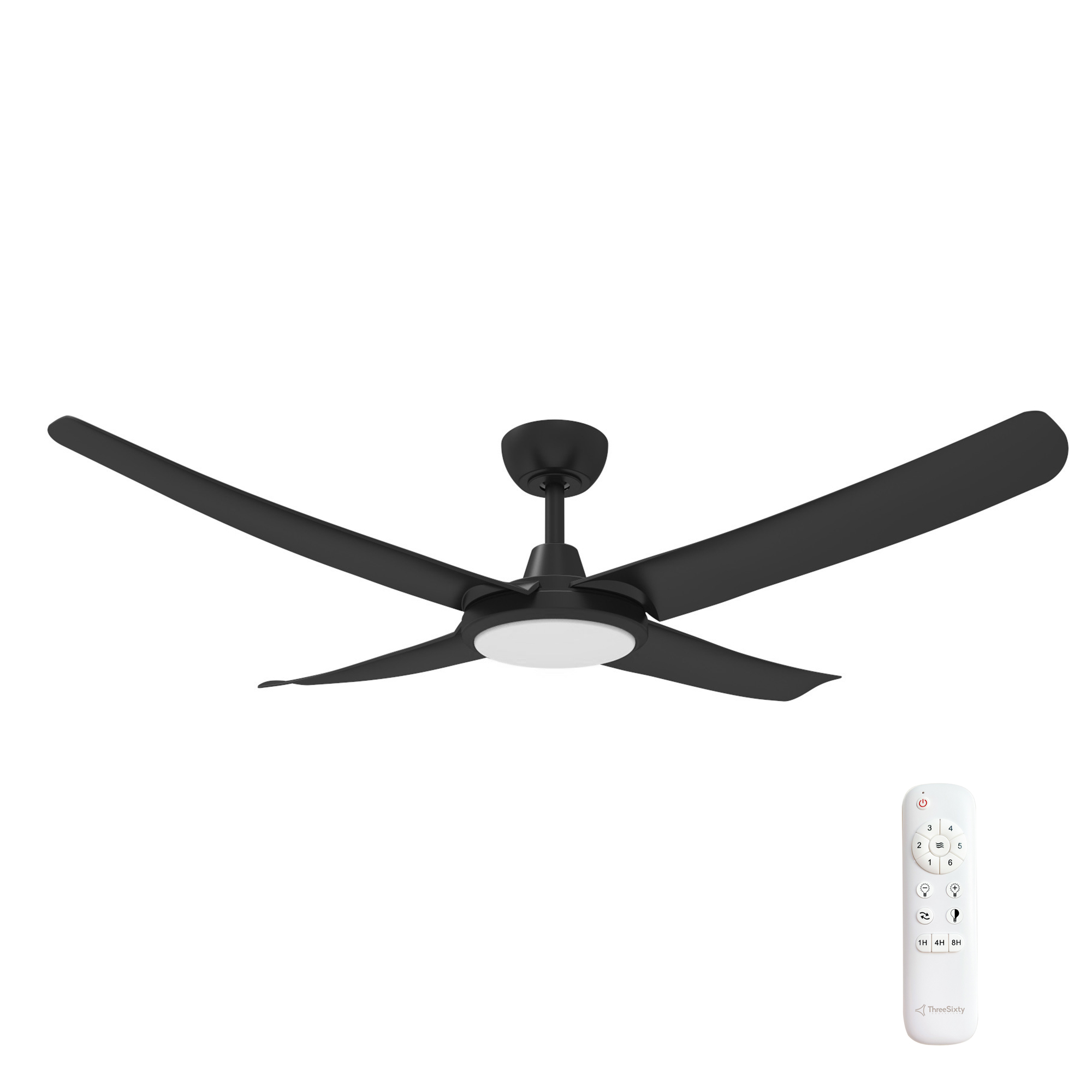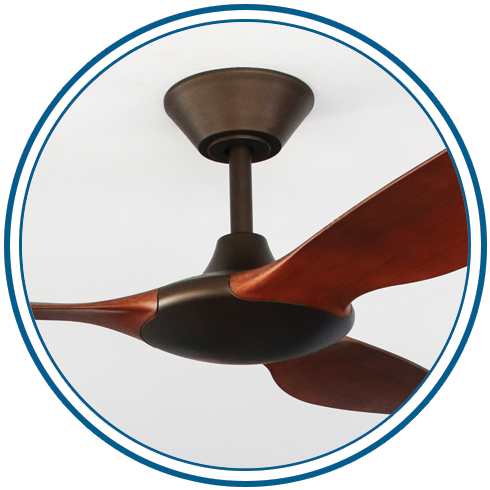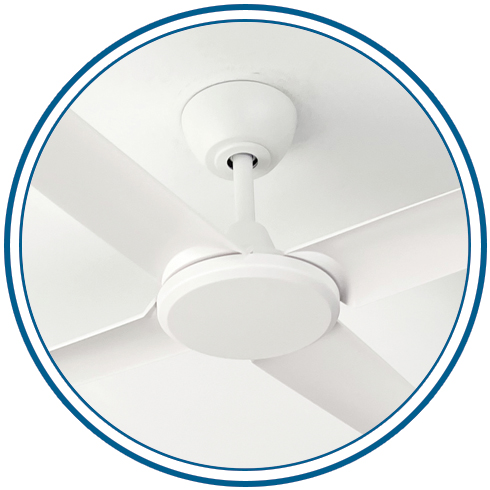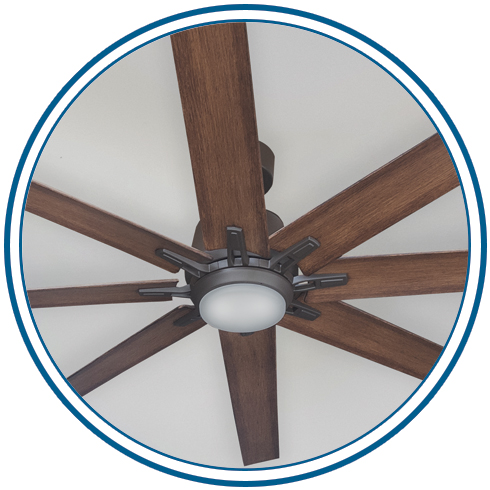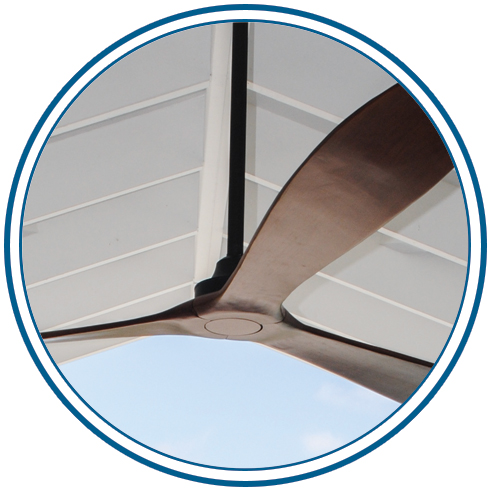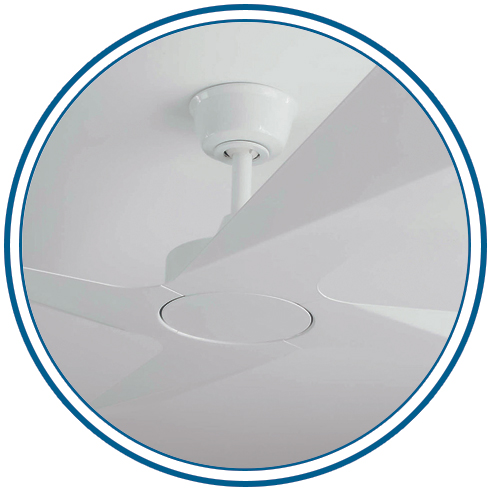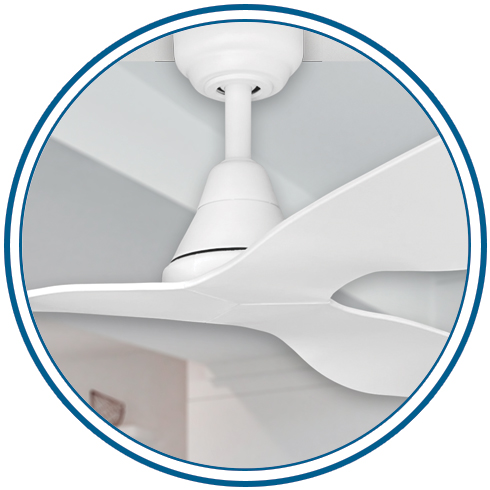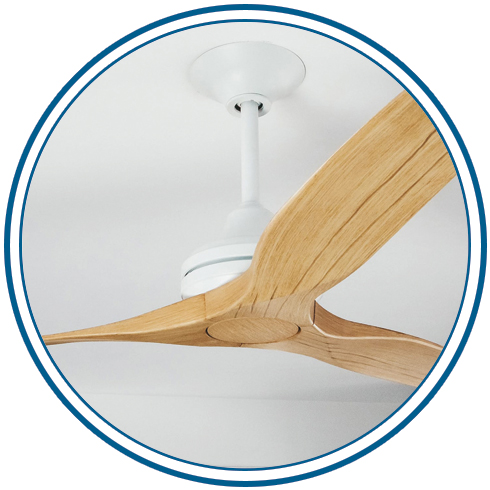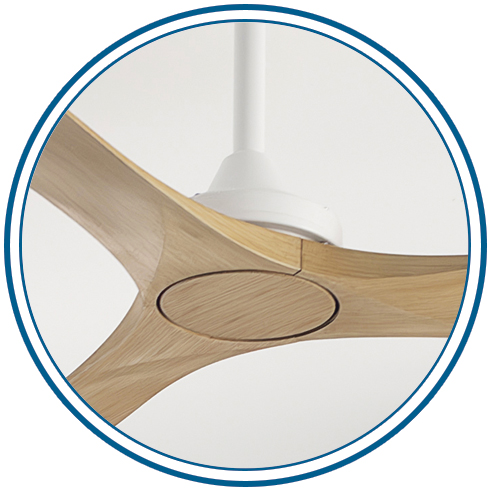Modern Ceiling Fans
One of the biggest trends in home decor is a move from traditional, large ceiling fans to more modern, compact and energy-efficient models. This trend isn’t limited to just ceiling fans: modern light fixtures, appliances and furniture are also replacing their old counterparts. Using modern ceiling fans will affect your home’s interior design: they are typically smaller than the older models, and the blades are curved, making them much more attractive. In an Australian context, the modern (or contemporary) style of ceiling fans has a minimalist aesthetic designed to be unobtrusive and tastefully complement the décor. Usually having 3 or 4 blades the modern fan reflects an architectural style to complement a contemporary interior look.
-
42 reviews$329.00
-
42 reviews$359.00
-
6 reviews$229.00
-
14 reviews$299.00
-
42 reviews$299.00
-
42 reviews$359.00
-
42 reviews$329.00
-
42 reviews$389.00
-
42 reviews$299.00
-
42 reviews$359.00
-
42 reviews$329.00
-
Sale!
18 reviews
$429.00$399.00 You save $30.00 -
$359.00
-
$448.00
-
$359.00
-
$448.00
-
$369.00
-
$458.00
-
$369.00
-
$458.00
-
Sale!
13 reviews
$399.00$359.00 You save $40.00 -
Sale!
13 reviews
$449.00$419.00 You save $30.00 -
Sale!
13 reviews
$399.00$359.00 You save $40.00 -
Sale!
13 reviews
$449.00$419.00 You save $30.00
What size should your Modern Ceiling Fan be?
Always ensure at least 50cm of space from the tip of any blade to any wall. Pay attention to high furniture or floor to ceiling wardrobes to make sure they won't reduce your fans performance.
- For small spaces less than 3m x 3m, we would recommend 48" or smaller ceiling fans. A small Australian bedroom is around 2.8m x 2.5m, in which space we would recommend a 44" ceiling fan, although depending on the room layout a 48" would still suit. For small spaces, consider your lighting requirements - you will most likely require a light kit on your ceiling fan.
- For medium spaces that are between 3m x 3m and 4m x 4m, consider ceiling fans between 48" and 56" in size, depending on the exact size of your room. The average bedroom size in an Australian home is around 3.2m by 3.0m, in which space we would recommend a 52" ceiling fan. For larger than average bedrooms, up to 56" model sizes may be suitable.
- For large spaces that are over 4.0m x 4.0m, consider ceiling fans that are over 56" in size. An average master bedroom in Australia is 4.2m x 3.9m, which would suit a 56" blade span ceiling fan. For very large spaces, it is often more effective to install multiple smaller ceiling fans located over specific gathering points (couch, dining table, etc.) as opposed to one large ceiling fan.
Read our Ceiling Fan Size Guide for more information.
How many blades is best for your Modern Ceiling Fan?
The short answer is don't focus too much on the number of blades. Yes, blades are an important part of your ceiling fan and the number of blades does impact ceiling fan performance. However, there are many factors that influence ceiling fan performance - blade pitch, blade aerodynamics, motor performance - which all need to be considered in order to determine overall performance. So the number of blades, on its own, is not a reliable indicator of performance. A three blade ceiling fan may be better or worse than a four blade fan, a four blade fan may be better or worse than a five blade fan, and so on. We have published our Fan Performance Indicator (FPI) on all our Data Sheets and also on every product page. The FPI should be used to help identify models that will offer you the right type of cooling based on your personal preference and requirements.
Read our Ceiling Fan Performance Guide to learn more about ceiling fan performance.
Choosing your Modern Ceiling Fan's finish (colour) to best match your decor
The right colour for your ceiling fan depends on a few factors - your decor, your colour scheme and whether you want your ceiling fan to make a statement (contrast) or complement (match) your space.
- Black ceiling fans have made a resurgence as a trend colour in recent times. In opposition to white ceiling fans, black ceiling fans provide a stark, bold contrast to most interior colour schemes and ties in with other fixtures and fittings found in the room like tap wear and window frames. Black ceiling fans also work well with darker timbers commonly used in flooring.
- Bronze as a finish on ceiling fans has been an emerging trend over the past few years. Bronze is suited mostly to more decorative fan designs as this finish lends itself to the ceiling fan being a statement piece for the room. ThreeSixty Fans incorporate the Oil-rubbed Bronze finish on fan models like the Trinity ceiling fan. The Oil-rubbed Bronze finish has added a level of sophistication to fans as a décor item and lends itself well to timber grain finishes on the ceiling fan blades to complement timber finishes found in today’s interior styling trends.
- White ceiling fans have been a mainstay of the colour selection for ceiling fans for a long time. Generally speaking, most households have white painted ceilings so blending your white ceiling fan into the white ceiling makes for an unobtrusive, crisp and minimal look. An emerging trend is to introduce subtle texture to the white fan, as can be seen in the Spitfire fan with White Wash blades that display a light timber grain.
- Silver ceiling fans cover many types of fan finishes. Ceiling fans in silver can be found in chrome, or pewter which is a darker shade than chrome and also in brushed finishes like brushed nickel. Brushed Nickel is a silver appearance but with a slightly less reflective surface. Silver finishes for fans are often used to tie in with other room fixtures like tap wear and door furniture. Brushed nickel is a popular finish as it is commonly used to tie in with many other household items.
Would an AC or DC motor be better for my Modern Ceiling Fan?
Ceiling fans are an energy-efficient cooling solution that are now available with either AC or DC motors. DC motor ceiling fans are typically more efficient than AC options. All DC ceiling fans include a remote control, however can not be controlled with a wall control. All of our AC ceiling fans include a wall control as standard, and there are optional remote control accessories available. Consider whether a remote control is suitable (e.g. childrens bedrooms may see remote controls go missing, so an AC wall-controlled ceiling fan may be preferred). DC ceiling fans can be reversed from the remote control, while AC ceiling fans have reversing switches on the motor (when available).
- AC ceiling fans are a cost-effective and time-tested motor that can provide ample power at a low cost for your cooling needs. A ceiling fan using an AC motor connects directly to the household power supply and draws current similar to most household appliances. AC motors have been around for a long time and are relatively simple so have a low rate of failure. Should an AC motor ceiling fan have an issue, it is usually another component, not the motor itself. Ceiling fans that use AC motors are typically less expensive to buy upfront, however less energy-efficient than DC alternatives. They most often come with a 3-speed wall switch as standard, and optional remote controls can be supplied as accessories for added convenience.
- A ceiling fan using a DC motor connects directly to the household electrical supply as well, however it does this via a DC motor controller. An additional electrical device that regulates the power supplied to the coils of the motor and uses pulse modulation to keep the motor turning. Essentially what this means is that it is not constantly driving the motor to spin, it does it with pulses of energy at intervals, this is how it consumes less energy than an AC-style motor. All DC ceiling fans include a remote control as standard, and can not be controlled via a wall control. The included remote controls typically offer fan speed control, light control (including dimming), fan reversing and fan-off timers.
Read our Ultimate Guide to Choosing a Ceiling Fan for more information.
Want to install your Modern Ceiling Fan outdoors in your patio, verandah or alfresco area?
Enjoy the amazing Australian outdoor lifestyle in comfort by including a ceiling fan to help stay cool and keep the bugs away during our long summers.
- Most of our ceiling fans can be installed in outdoor, undercover settings where they will not be exposed directly to rain. Look for ceiling fans that have powder coated finishes and use polymer blades (high-grade ABS plastic) to make sure your fan can resist the elements. Avoid plated finishes (such as Brushed Nickel) and normal steel fans. Tip: Toggle the Outdoor filter to help narrow down your options.
- Live near the ocean, lakes, have a saltwater pool or any other high salt environment? Options are more limited as your ceiling fan needs to be crafted completely from polymer or marine-grade 316 stainless steel. Tip: Toggle the Coastal filter to help narrow down your options.
- Consider ceiling fans with higher Breeze ratings for your outdoor area. Since outdoor spaces typically aren't fully enclosed, your ceiling fan won't benefit as much from convection airflow - therefore you will want a ceiling fan that is able to push airflow faster directly below it so you stay cool and help keep the bugs away. Read our Ceiling Fan Performance Guide for more information.
Looking for a little guidance? Read the Buyers Guide
Get personalised fan recommendations. Try the FanMatch Quiz
